From the 1930s onwards, Piaget and his collaborators systematically developed psychological experiments using simple and playful material. In addition to this, a flexible strategy for questioning children—the “clinical method”—was developed. From this approach, the experimenter adapts his questions to the subjects’ answers in order to bring out their internal logic. Hundreds of Piagetian experiments have been designed on this model.
The Islands
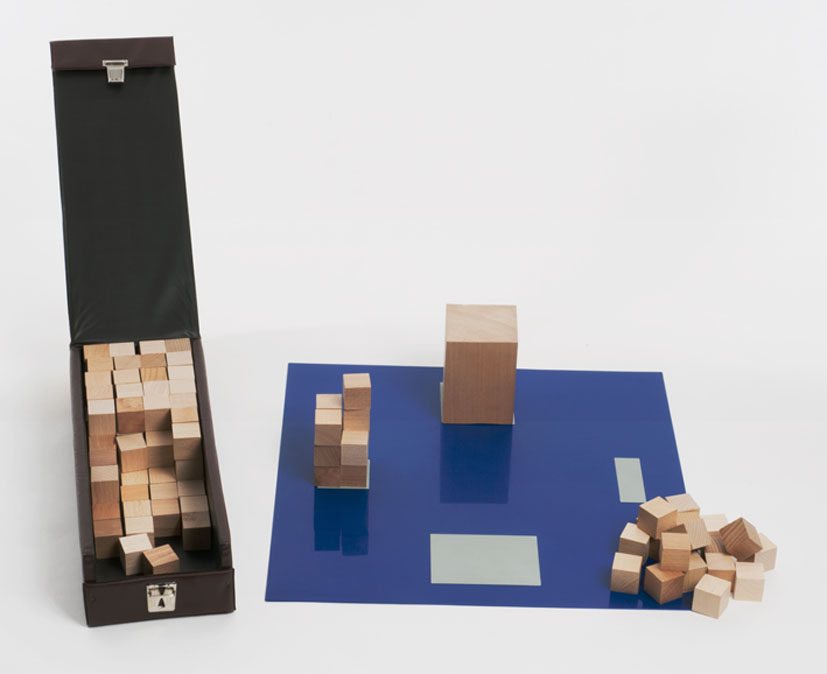
This experiment allows us to study the conservation of volumes in children. With the blocks, the child must build a house on the other islands, with an equivalent volume to that of the single block.
The seriation of sticks
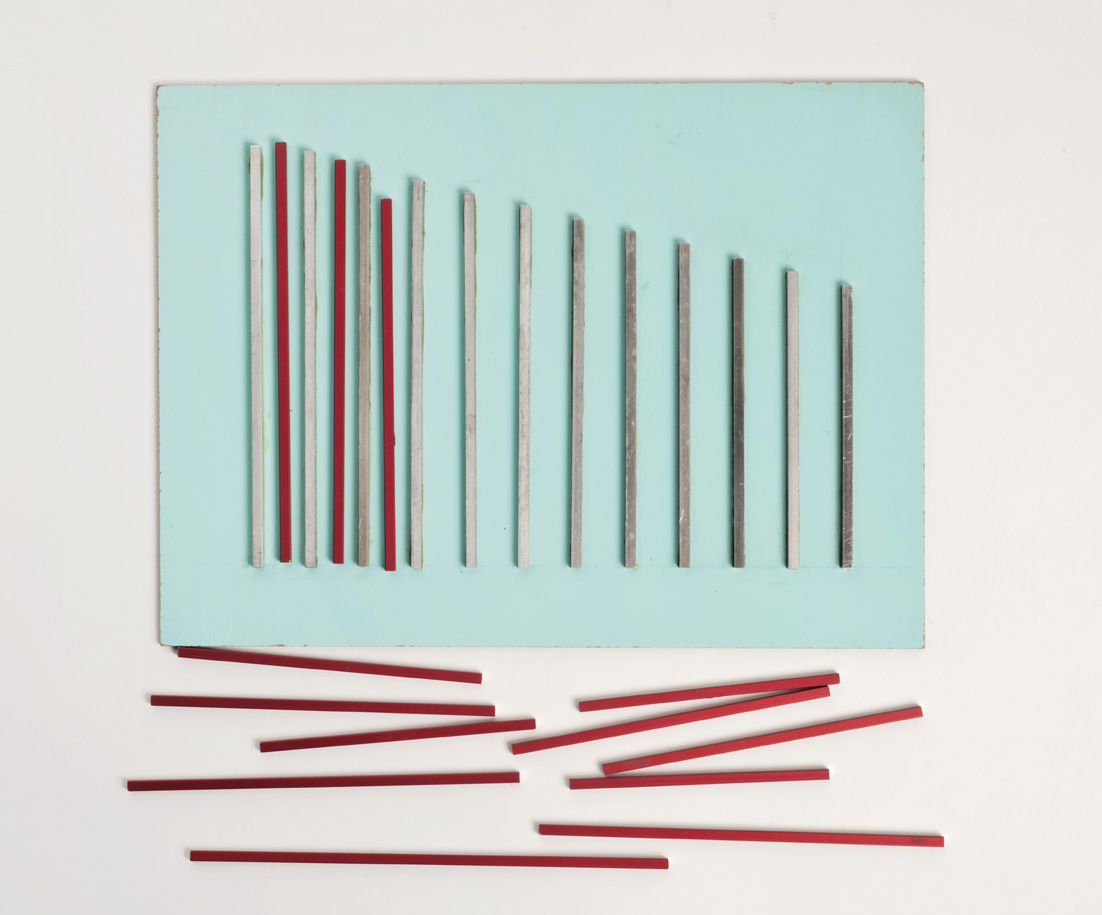
This experiment is used to evaluate the child’s understanding of “bigger, smaller” relationships. The child is asked to rebuild a staircase or insert intermediate sized sticks.
Mechanical curves
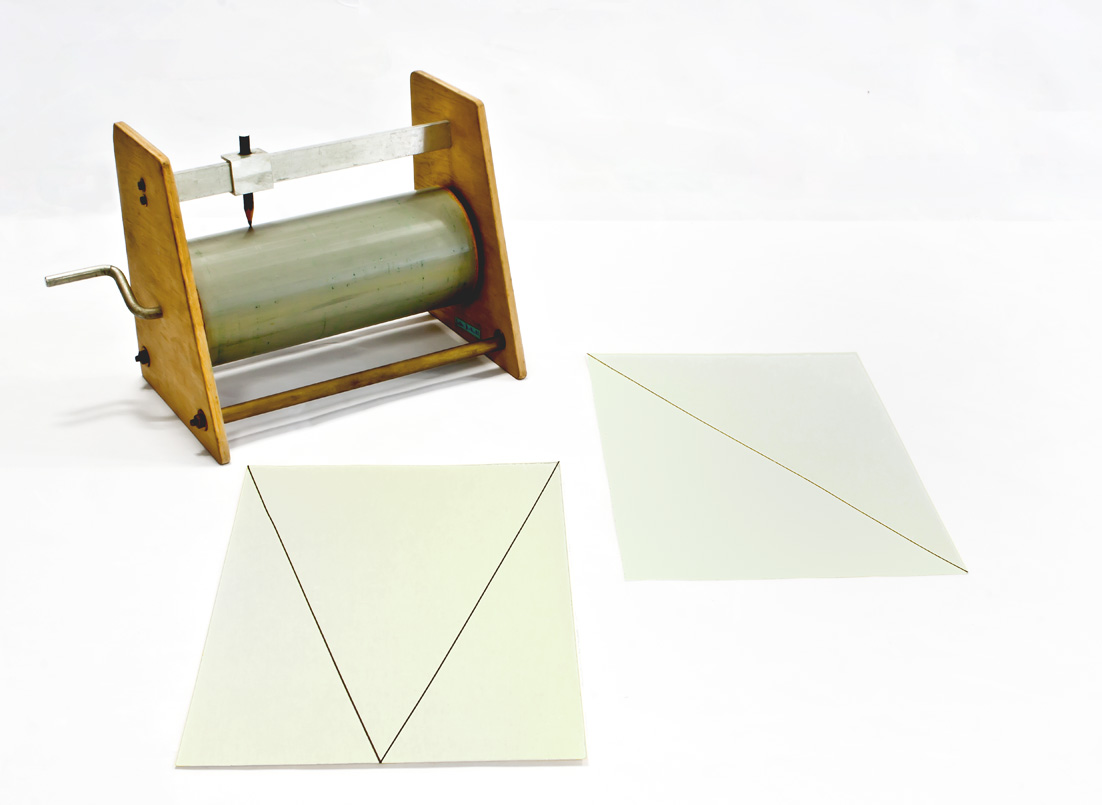
This experiment is used to study the mental representation of movement in children. For example, he/she is asked to draw the result of a cylinder turn combined with a one-way or round trip of the pencil.
The “Piagetian Suitcase”
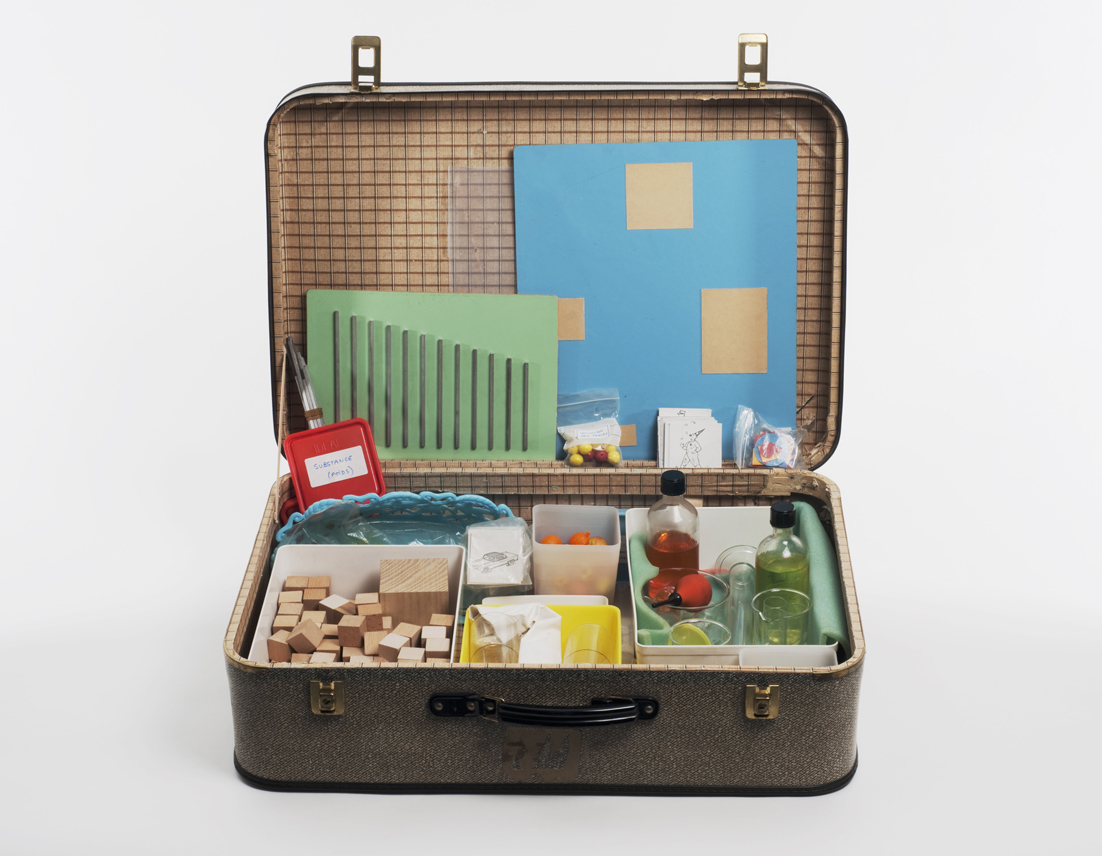
The Vinh Bang suitcase used to conduct experiments in schools in Geneva during the 1960s. About ten sets of two suitcases were used for practical works in genetic psychology. The suitcase contains only experiments stored in plastic boxes.
The irreversibility of mixture
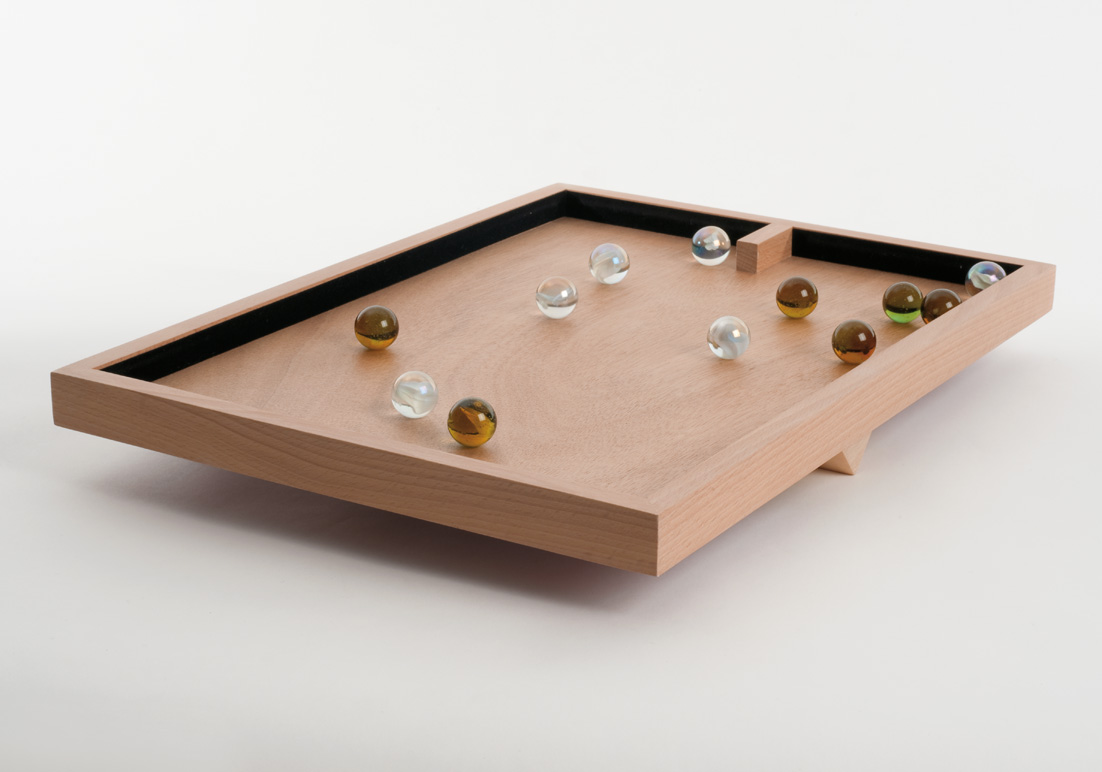
This experiment enables to evaluate the subjects’ knowledge of the notions of mixing and irreversibility. At the beginning, the dark and light balls are distributed on each side. The child is asked to predict what will happen after one and several swings.




